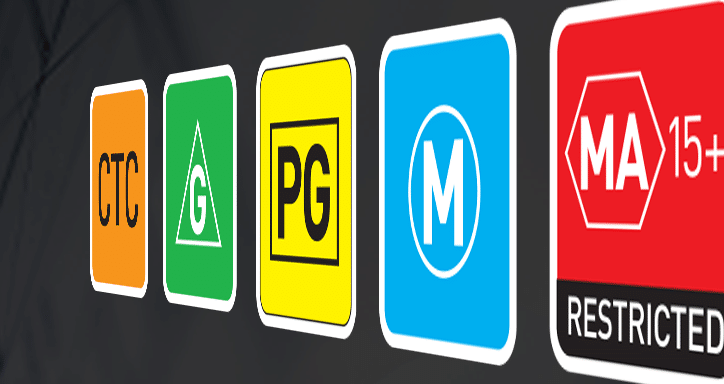Australia’s classification board has updated the classification system for all films shown in the country.
Last year, the federal government (specifically the Department of Infrastructure, Transport, Regional Development, Communications and the Arts) ran a survey that asked people what their expectations were for classifications on film media. The majority of participants said they wanted more details about why a movie was given a specific rating, and that the reasons for those decisions should be ‘modernised’ to reflect community sensitivities [Source: ABC]
From now on, all ratings – from G to R18+ – will come with more detailed and relevant explanations for the rating.
If you need a refresher on what we’re talking about, check out this classic ad for the Australian classification system:
Some new elements you might see mentioned in the classification notice are: bullying, blood and gore, very mild animated violence, mental health themes, and strong animal cruelty.
A new ratings breakdown:
- For G-rated films, new consumer advice includes very mild supernatural themes, very mild animated violence, very mild slapstick violence and very mild mental health themes.
- New consumer advice for PG films has been expanded to include mild action violence, mild animated violence, mild family violence and mild fantasy violence.
- Additional explanations for M-rated films include, but are not limited to, blood and gore, mental health themes, sporting violence and supernatural violence.
- For MA15+ films there are new considerations such as ‘strong animal cruelty, strong injury detail and strong comedic violence’.
- And ‘High-impact bullying themes, high-impact drug references and high-impact sexual themes’ are some of the new consumer advice warnings for R18+ films.
The survey also revealed that parents wanted better regulation of content on TikTok and YouTube – but ‘did not expect content on those platforms to be classified, as they understood the difficulty around doing so’.
The new classification explanations will appear at the beginning of the movie alongside the rating. Such updates have not been applied to television, streaming content, or games.





